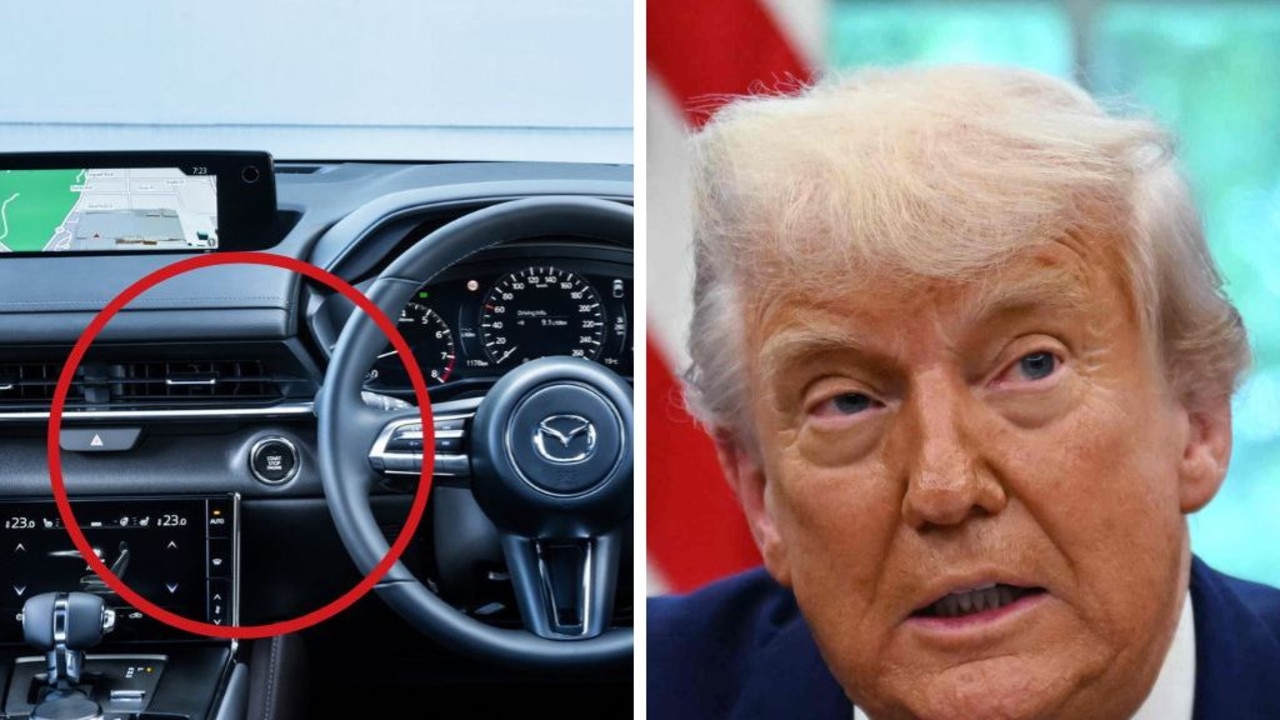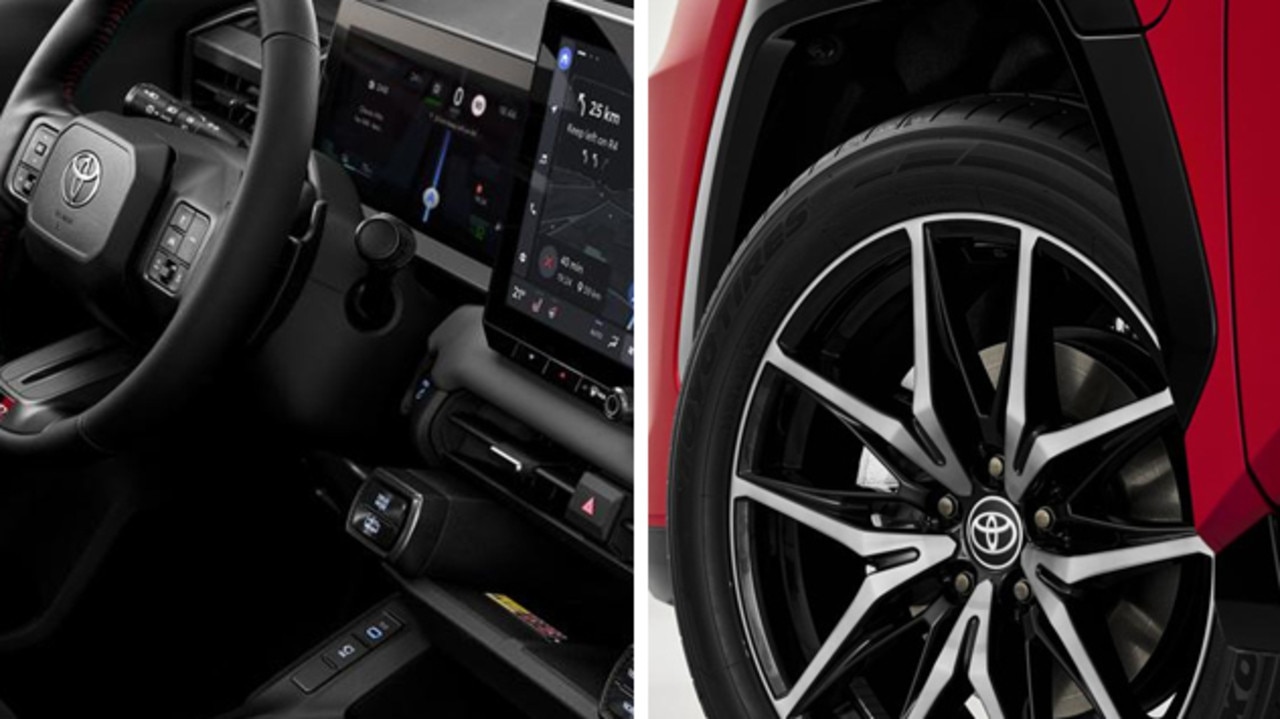How to save on soaring costs of used cars, fuel
Rising costs of living are hitting motorists’ back pockets, especially those in the market for a used car. See tips on how to ease the pain.

Motoring News
Don't miss out on the headlines from Motoring News. Followed categories will be added to My News.
Australian drivers attempting to ease cost-of-living pressures are cashing in on high prices for used cars.
But improved supply of new cars and increased availability of used models could burst the automotive price bubble caused by the coronavirus.
Australia’s most popular automotive brand says demand for new models is waning, while the country’s largest car sales site recorded a near-40 per cent increase in vehicle listings since the same period last year.
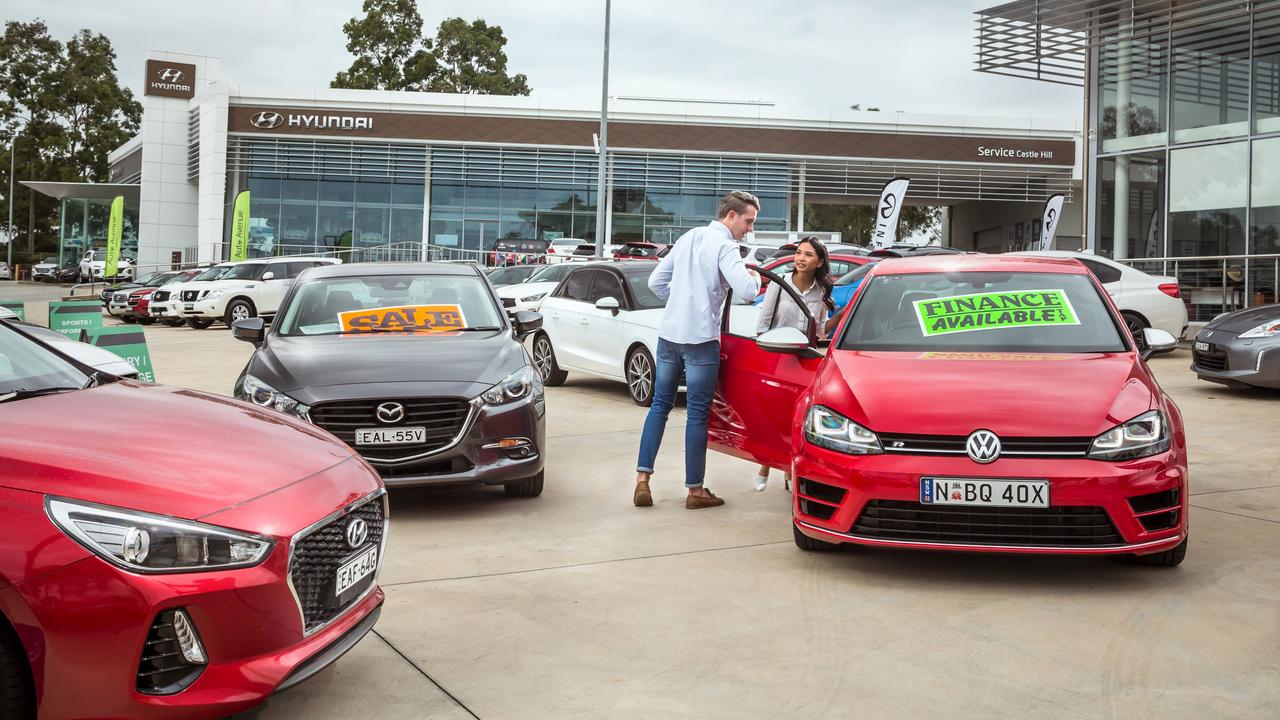
Carsales.com.au listed more than 200,000 cars for sale when the pandemic struck.
That number dropped to around 125,000 in February 2021, before climbing to 145,000 12 months later.
The site lists around 197,000 cars today, according to Red Book general manager and Carsales data services director Ross Booth.
“What is interesting is that the mix is more private than dealer,” he said.
“People are selling their cars privately.
“We believe its people trying to maximise their price before the market decreases.”
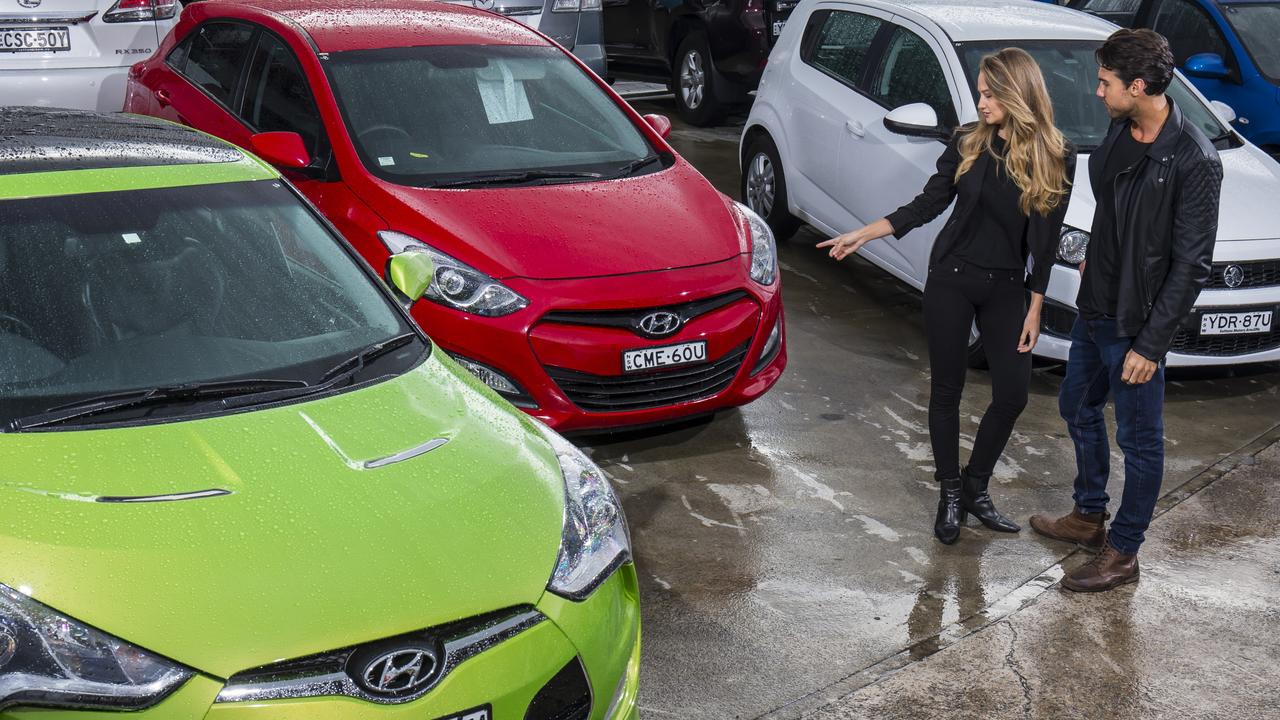
Mr Booth said the trend appears more opportunistic than desperate, and that there was no evidence people are “selling their cars to feed their family”.
Enormous demand and limited supply of cars saw used car prices climb 65 per cent above normal levels in 2021, according to Moody Analytics.
The firm says prices will fall as improved supply meets a reduced appetite for new and used vehicles this year.
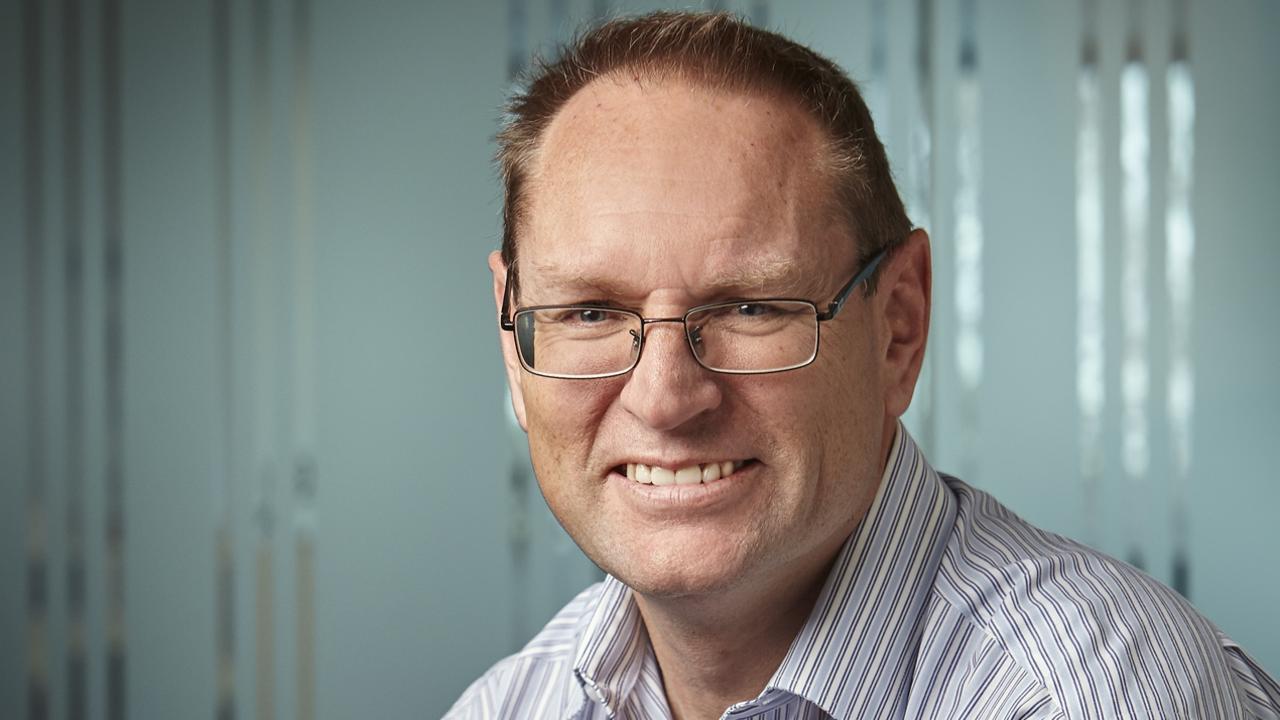
Tony Weber, chief executive for the Federal Chamber of Automotive Industries, said the 84,873 new cars delivered to Australians last month represented the strongest January result since 2018, suggesting the industry is “continuing to recover following years of supply chain disruption and delay”.
Sean Hanley, vice president of sales and marketing for Toyota Australia, said that although Toyota holds a strong order bank full of customers waiting for a new car, fewer people are coming forward to place new orders.
“For the last four months consistently I’ve been seeing our customer inquiry rates drop to pre-Covid conditions,” he said.
“We are coming off an absolutely unbelievably high demand rate. The highest we’ve ever seen – record levels of demand in the past two years.
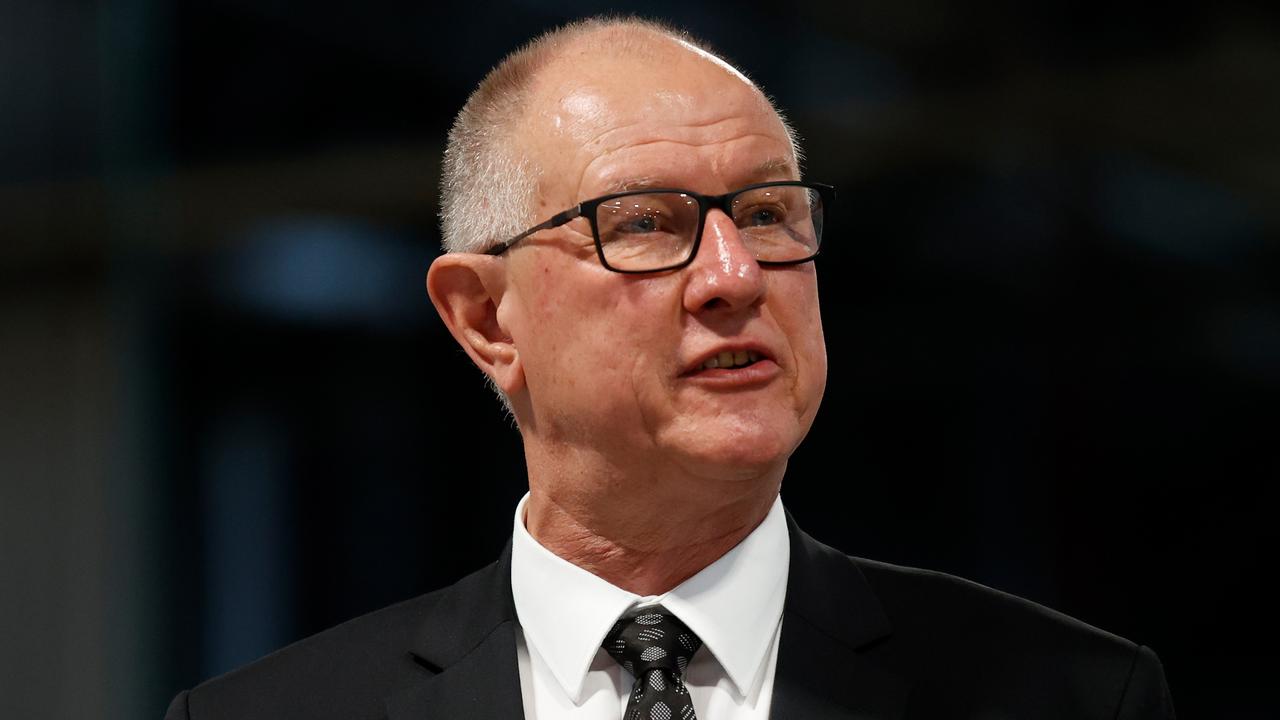
“But I think it’s fair to say that cost of living, inflation, certainly interest rates, it takes a little while for these things to get traction in the market.
“I think we’re starting to see that.”
Coronavirus concerns pushed thousands of commuters to ditch public transport in favour of their cars.
It stands to reason that some of them will return to trains, trams and buses, particularly if personal finances are punched by rising costs.
The Insurance Australia Group reports car insurance has increased by about 10 per cent year-on-year, driven in part by natural disasters.
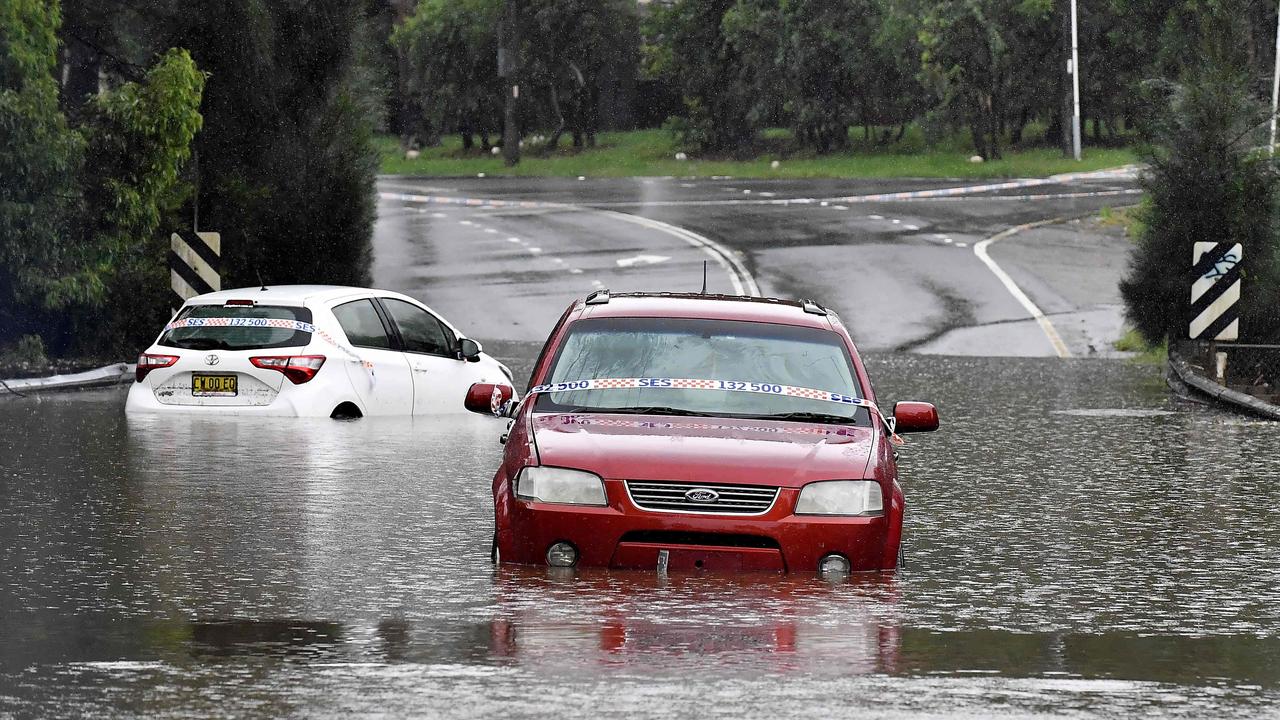
Rising road toll prices have become an election issue in NSW, where Western Sydney commuters pay up to $3410 per year on tolls.
The Insurance Australia Group reports car insurance has increased by about 10 per cent year-on-year, driven in part by natural disasters.
Rising road toll prices have become an election issue in NSW, where Western Sydney commuters pay up to $3410 per year on tolls.
Petrol prices dipped below $1 per litre in 2020 before pushing beyond the $2 mark in 2022, prompting government action in the form of a temporary reduction in the fuel excise.
The price of diesel fuel rose from an average of $1.43 per year in 2021 to $2.07 per litre in 2022, avoiding to the Australian Institute of Petroleum.
Average prices are around $2.11 this year.
That means the cost of filling up Australia’s most popular new car, the Toyota Hilux, has increased from about $114 to $169 since 2021, an annual increase of more than $500 per year.
Large four-wheel-drives such as the Toyota LandCruiser now cost more than $200 to fill.
Similarly, petrol prices increased from $1.47 per litre in 2021 to $1.84 in 2022 and $2.02 this month.
The cost of filling a V6-powered Holden Commodore has risen from $100 in 2021 to $143 today, adding $742 to a total fuel bill of more than $2700 for families that drive 15,000 kilometres per year.
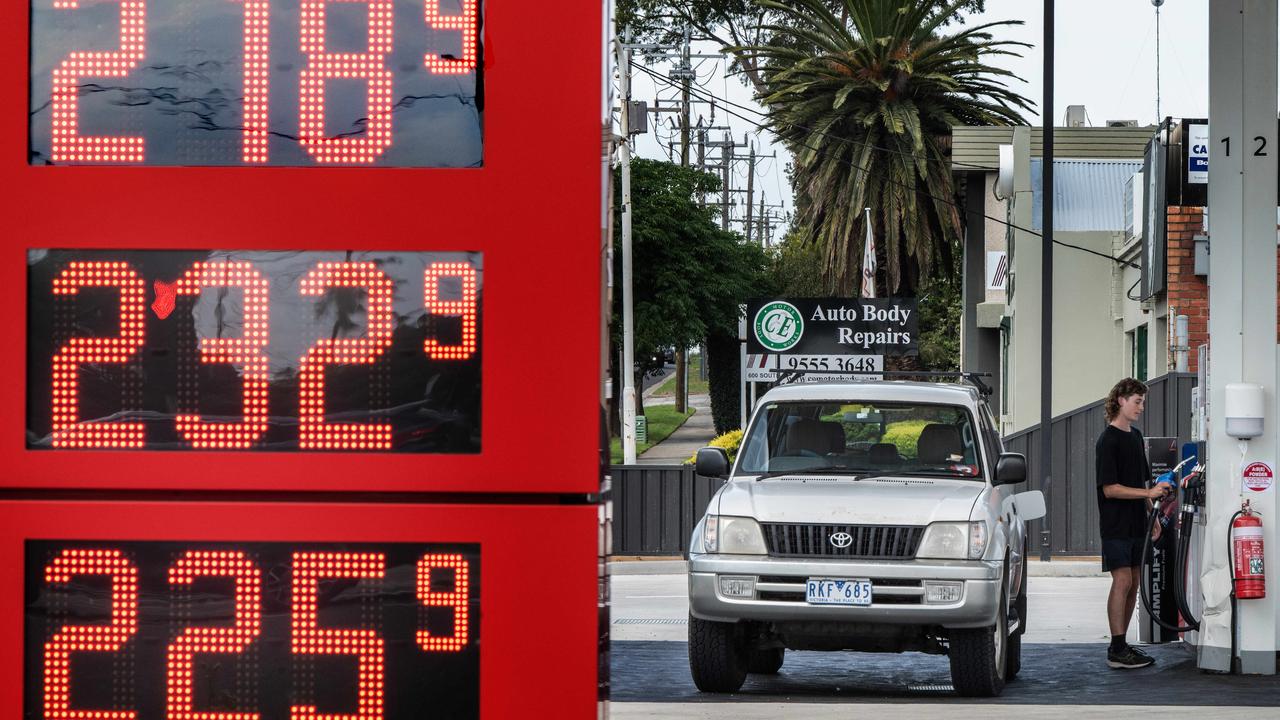
Mr Hanley said rising fuel costs contributed toward demand for hybrid models that pushed waiting times well beyond 12 months.
Lengthy new vehicle delays prompted Sydney IT worker Juan Delard De Rigoulieres to buy a lightly used model through Carma, an online used car dealership.
The business charged $35,000 for a 2020 Subaru Forester delivered to his door with a warranty and safety check. Private sellers trying to cash in on inflated prices are asking up to $10,000 more for the same model.

“I wasn’t going to wait,” he said.
“The whole process was very simple. I liked the fact that they are honest about the imperfections, at least the cosmetic ones.
“It was weird to know who to trust.”
Mr Hanley said rising fuel costs contributed toward demand for hybrid models that pushed waiting times well beyond 12 months.

SWERVING AROUND THE ISSUE
Cost of living pressures are destroying a right of passage for a generation of Aussies.
As the cost of groceries, mortgages, rent and petrol continue to rise, there is a surprising way people are cutting costs to add some breathing room to their household budget.
Exclusive data from comparison site Finder shows Gen Z – those under the age of 26 – are increasingly doing away with car ownership as they are priced out of the market.
The research found if your car sits in the garage unused most days it might be time to ditch it for cost effective alternatives.
“With the rise of services that allow you to rent a car when you need one – like GoGet and Uber Carshare – the importance of having a car for those who don’t drive much is no longer as pressing,” Finder’s Taylor Blackburn said.

Lauren Jager, a 34-years-old finance worker from Sydney, hasn’t owned a car in four years.
Ms Jager has been using GoGet during that time and it has saved her thousands.
“I’ve used it more over the summer holidays as I’ve gone more places, but usually I use it about once a month,” said Ms Jager.
Ms Jager usually hires the car for a full 24 hours and said it costs about $100 and includes the cost of fuel and insurance.
She said the convenience is hard to beat but hasn’t ruled out owning a car again.

“I’ve never had any trouble getting one everywhere I’ve lived. There are five or six within walking distance from my house,” Ms Jager said.
“There’s also light rail, buses and trains close by and you don’t have to worry about parking.
“Eventually I’d buy a car, but probably not until I moved out of the inner city.”
Research shows about one in five young people don’t own a car and two main reasons are upfront costs and they are too expensive to maintain.
“For some young people, owning a car is too big of a financial commitment to get from A to B,” Mr Blackburn said.
“When you factor in parking, tolls, rego, insurance, petrol and repairs, many are turning to less permanent solutions.”
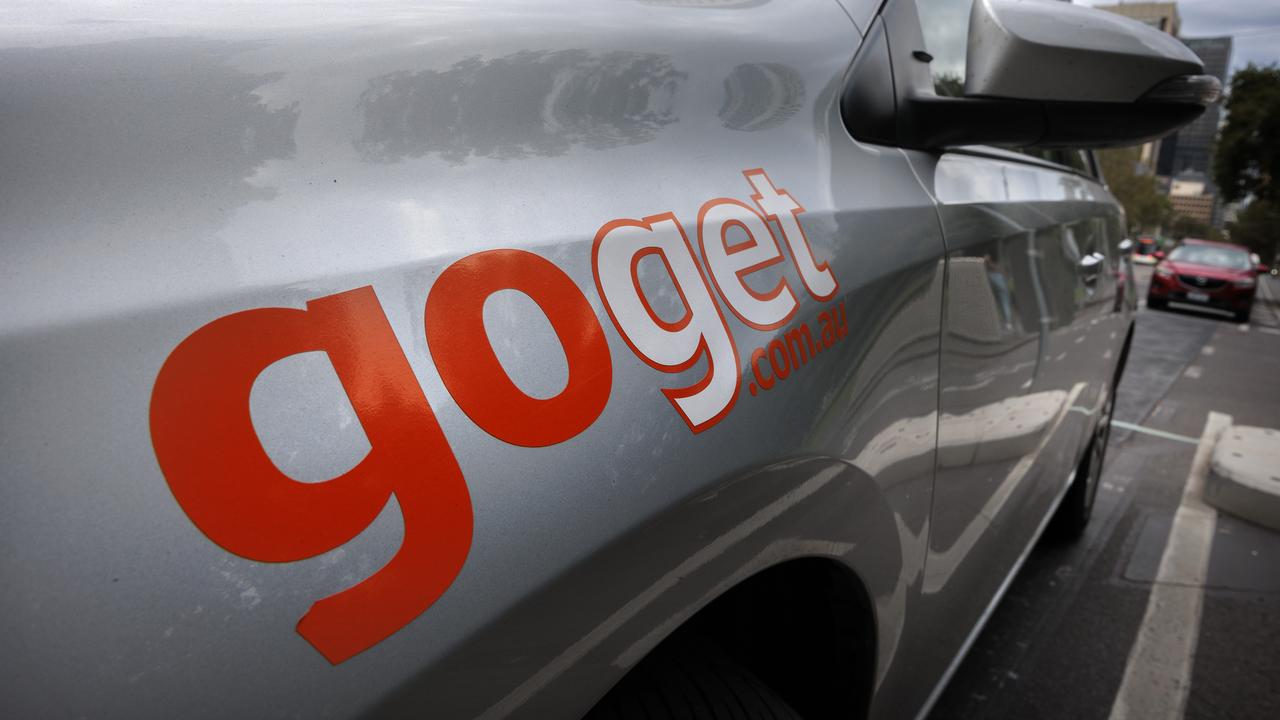
Car makers are adding fuel to the fire by ditching sub-$20,000 new cars in favour of more expensive, fully-loaded high-riding SUVs.
Big names such as Ford, Honda, Hyundai and Toyota have either jettisoned their cheapest vehicles or raised the price of their entry-level models substantially in the past few years.
New car supply issues have also killed discounting with most cars now sold at full price.
Car running costs have jumped significantly in the past year as the price of petrol, tolls and insurance rose.
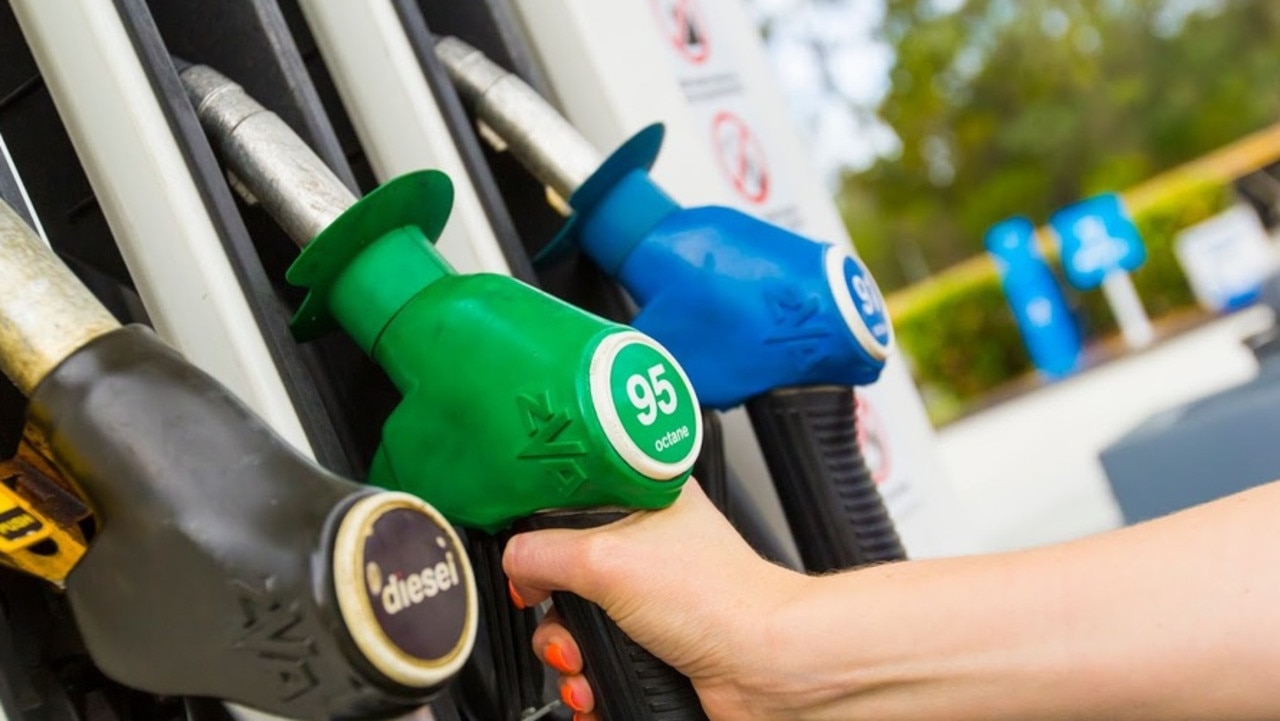
The most recent new car running costs report from the Royal Automobile Club of Queensland (RACQ) shows the cheapest new car to own and run is the Chinese MG3 small hatchback at $841.38 a month.
This figure includes loan repayments, registration, insurance, servicing, tyres and petrol.
Some of the country’s most popular vehicles such as the Toyota HiLux ute and Toyota RAV4 SUV cost more than $1600 and $1200 a month respectively.
HOW TO REDUCE YOUR FUEL BILLS
Five tips to reduce pain when filling up at the petrol pump:
PUMP UP YOUR TYRES
Ever pedalled a pushbike with flat tyres? It’s not a fun experience. The same goes for cars – there’s more rolling resistance in an under inflated tyre, which means your motor has to work harder.
As a rule of thumb, Mobil reckons tyres under inflated by 10 psi will add 10 per cent to your fuel bill. If you drive an average of 10,000 kilometres per year in a small car, you’ll spend around $1500 a year on fuel. Keeping those tyres pumped up might save you $150 – think of it as two tanks of free petrol.
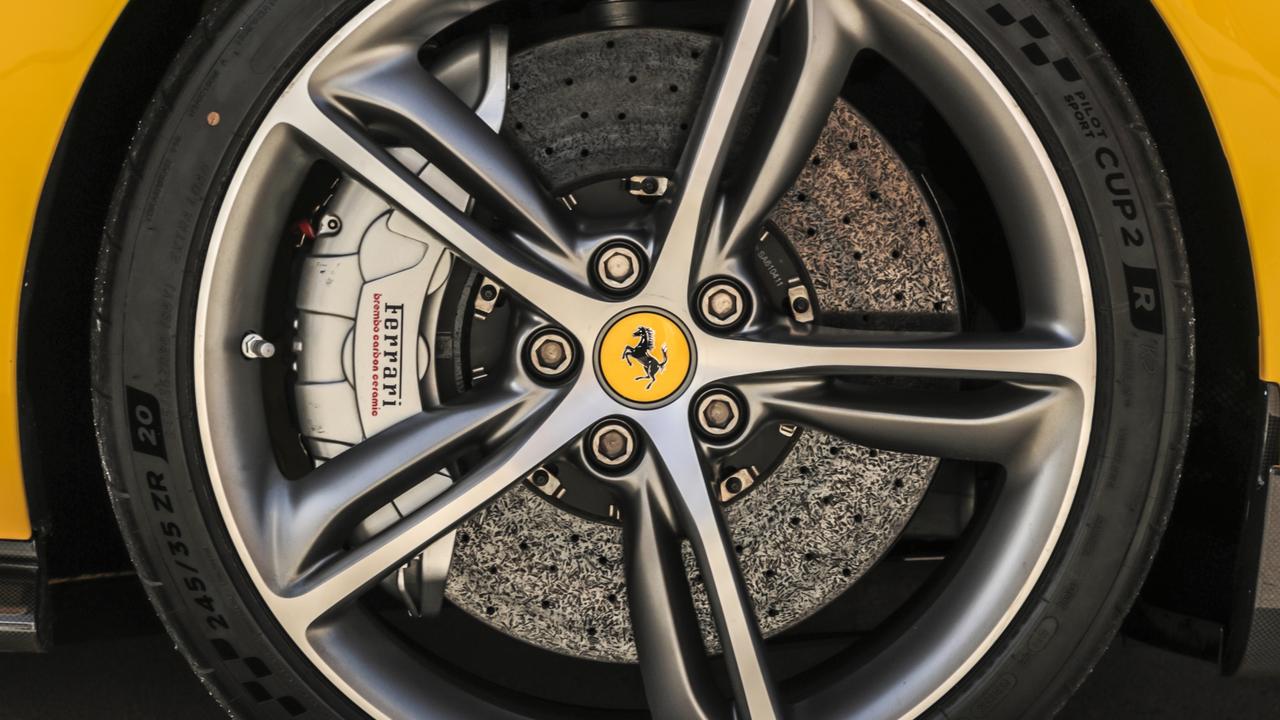
ENJOY THE BREEZE
The airconditioner in your car is powered by the engine, which means you burn fuel to stay cool – a rule of thumb is that the aircon adds about 5 per cent to your fuel use. It’s often more efficient to drive with the windows down for fresh air, particularly at lower speed in the suburbs – you might save $100 a year.
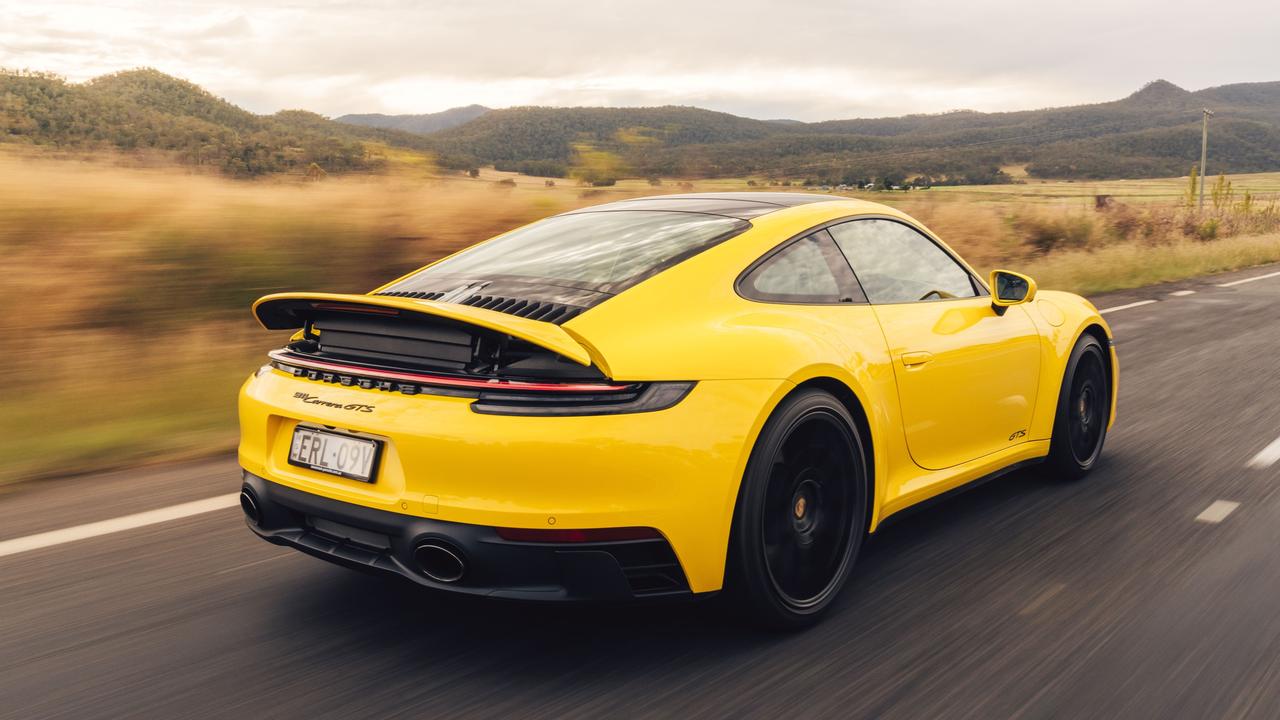
PAY ATTENTION TO THE TRAFFIC
You can save a lot of fuel by driving smoothly, conserving momentum on the road to maintain a good rhythm in the traffic.
The US Department of Energy says smooth driving saves up to 30 per cent of fuel on the highway and 40 per cent in stop-start traffic – that could be as much as $800 a year if you’re a heavy commuter.
You’ll also save on wear and tear on consumables such as brakes and tyres, putting more money in your pocket.

PLAN YOUR REFILLS
Filling up when in a hurry or running on fumes limits your options. Services such as the government Fuel Watch website and Petrol Spy app let you check prices in the surrounding area to make sure you get the best deal.
You can try to time refills to beat times of high demand (such as the Thursday before a long weekend) and use membership apps such as My 7-Eleven to hunt down a deal and lock in the price of cheap fuel for a week. The app can save a few dollars at each fill, which adds up to more than $100 over the course of a year.
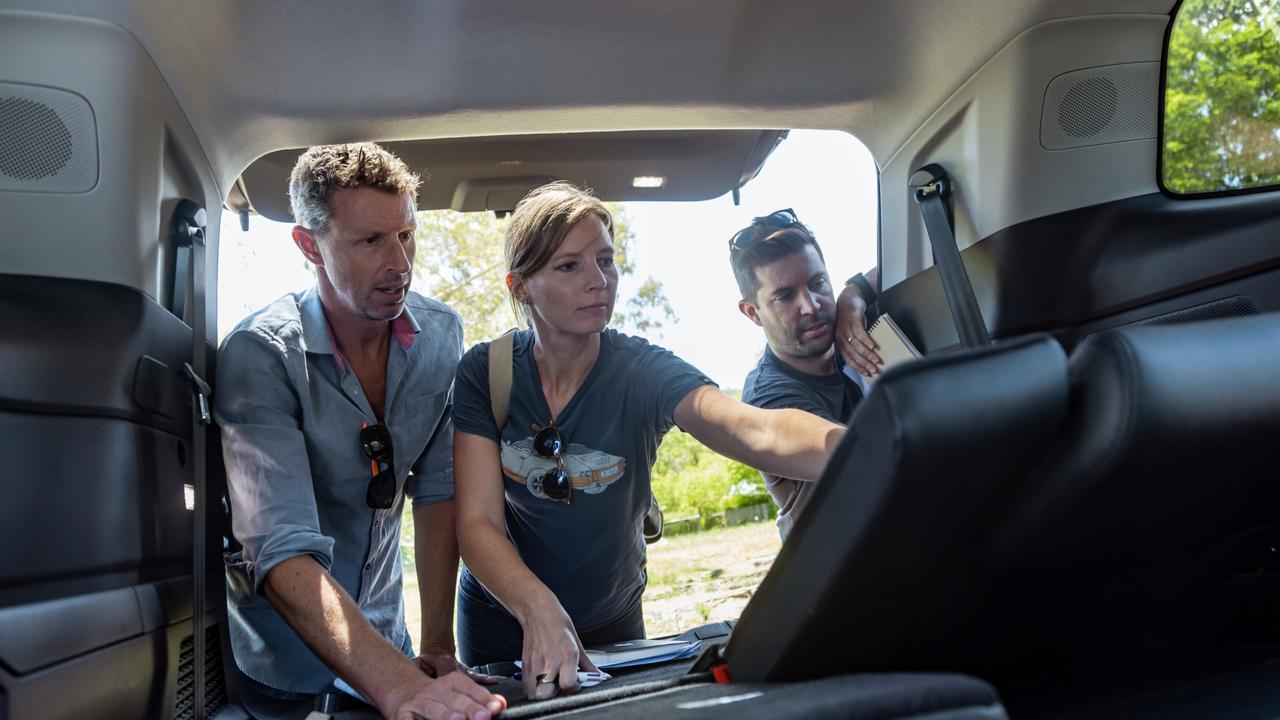
LOSE THE EXTRA WEIGHT
Many of us have unnecessary stuff in the car that weighs it down, compromising fuel economy. Boston’s MIT university found that every 100kg of extra weight in a car adds about 0.4 litres/100km to your fuel figure – or about $40 every 10,000km. One hundred kilograms is a whole lot of camping chairs, sporting gear, empty water bottles and picnic blankets, so you probably won’t save that much.
– David McCowen
Originally published as How to save on soaring costs of used cars, fuel





